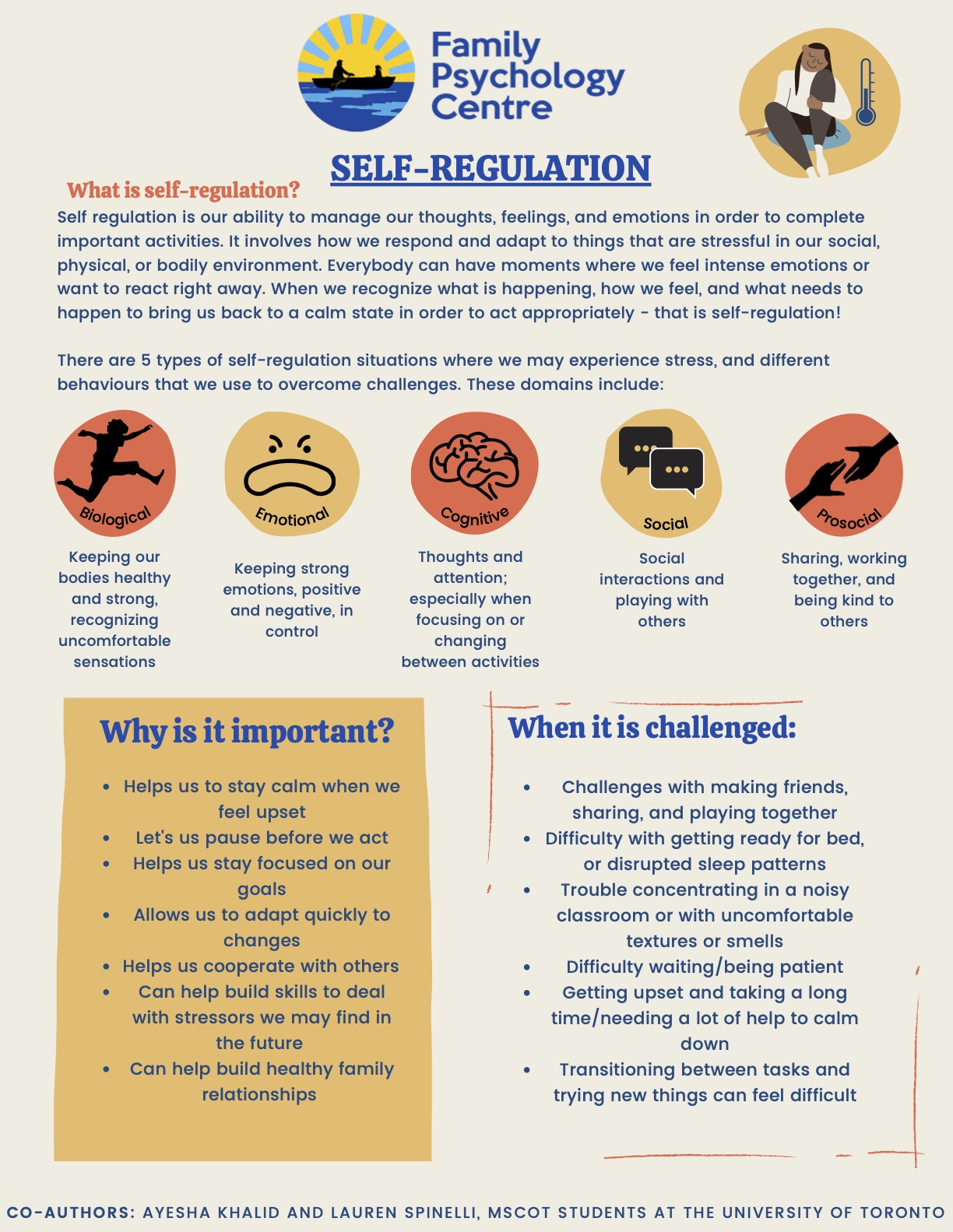Co Regulation Strategies : What it is
Image: Co-Regulation in Practice: Strategies for Practitioners Who Serve Youth

Image Source: The Administration for Children and Families (ACF)
- Emotional Validation: Validating the youth's emotions is crucial in co-regulation. It involves acknowledging and accepting their feelings without judgment. By doing so, practitioners can create a safe space for the youth, helping them feel understood and supported.Image: Self Regulation: Strategies for Kids and Teens - Family Psychology

Image Source: Family Psychology
- Empathy and Understanding: Practitioners can demonstrate empathy and understanding by putting themselves in the youth's shoes. By doing so, they can validate the youth's experiences, build trust, and foster a sense of belonging. 1.3 Benefits of Co-Regulation for Youth Co-regulation strategies offer a myriad of benefits for youth, supporting their emotional development and overall well-being. Some key benefits include: - Improved Emotional Regulation: Co-regulation enables youth to recognize and manage their emotions effectively. It equips them with strategies to identify their feelings, regulate emotional intensity, and respond to challenges constructively. - Strengthened Relationships: Through co-regulation, practitioners can build strong and trusting relationships with youth. This bond provides a supportive foundation for youth to navigate challenges, seek guidance, and thrive in their personal and academic lives. - Enhanced Problem-Solving Skills: Co-regulation empowers youth to develop critical problem-solving skills. By actively engaging in co-regulation strategies, practitioners can guide youth in identifying solutions, considering multiple perspectives, and making informed decisions. II. Practical Co-Regulation Strategies for Practitioners In this section, we will explore practical co-regulation strategies that practitioners can implement in their day-to-day interactions with youth. These strategies are designed to foster emotional regulation, self-awareness, and positive communication. 2.1 Deep Breathing and Mindfulness Deep breathing exercises and mindfulness techniques can significantly support co-regulation. Encourage youth to focus on their breath, inhaling deeply through the nose and exhaling slowly through the mouth. Mindfulness activities, such as body scans or grounding exercises, can help youth become aware of their present moment experiences. 2.2 Introducing Coping Skills and Self-Calming Techniques Teaching youth various coping skills and self-calming techniques can empower them to manage stress and regulate their emotions independently. Examples of coping skills include journaling, drawing, listening to music, or engaging in physical activities like yoga or exercise. 2.3 Building Emotional Intelligence Practitioners can assist youth in understanding and labeling their emotions by introducing emotional vocabulary. Ask open-ended questions about their feelings and provide opportunities for reflection and expression. This helps youth develop emotional intelligence and communicate their emotions effectively. III. Frequently Asked Questions (FAQs) To further expand our understanding of co-regulation, let's address some common questions practitioners may have: Q1: Can co-regulation be beneficial for youth with high emotional reactivity? A: Absolutely! Co-regulation strategies are particularly beneficial for youth with high emotional reactivity. By offering support and guidance during emotional moments, practitioners can help youth regulate their emotions and develop healthier coping mechanisms. Q2: How can practitioners encourage youth to actively engage in co-regulation? A: Practitioners can encourage youth to actively engage in co-regulation by modeling the desired behaviors themselves. When practitioners demonstrate active listening, emotional validation, and empathy, youth are more likely to reciprocate and actively participate in the co-regulation process. Q3: Is co-regulation a one-time activity, or does it require ongoing practice? A: Co-regulation is an ongoing process that requires consistent practice. It is essential for practitioners to incorporate co-regulation strategies into their daily interactions with youth. By doing so, practitioners can foster a supportive environment that promotes continuous growth and development. Conclusion: Co-regulation is a powerful tool that practitioners can use to support the emotional well-being and growth of youth. By implementing co-regulation strategies in a friendly and supportive manner, practitioners can create a safe space for youth to explore their emotions, develop self-regulation skills, and thrive in various aspects of their lives. Remember, co-regulation is a journey that requires ongoing practice, but the benefits for both practitioners and youth are immeasurable. So start integrating these strategies into your practice today, and witness the positive impact it has on the lives of the youth you serve.How To Transform Your Interactions With Your Child: From Task Focus To
Get Self-Regulation Checklist Included In Coping Strategies Resource
 Image Source : www.pinterest.com
Image Source : www.pinterest.com coping regulation strategies counseling anxiety down checklist behavior helps worksheets behaviour regulate calming incepe scoala trauma ot counselling 1million wholehearted
What Is Co-Regulation And What Does It Look Like In The Classroom
 Image Source : turnaroundusa.org
Image Source : turnaroundusa.org Psychology Experiments #Psychology In 2020 | Attachment Theory, Child
 Image Source : www.pinterest.jp
Image Source : www.pinterest.jp regulation coping dysregulation adhd anger calming dyslexia informed conventionally tk katherina humols
Co-Regulation In Practice: Strategies For Practitioners Who Serve Youth
 Image Source : www.acf.hhs.gov
Image Source : www.acf.hhs.gov Slsi.lk - How Long For Sulfatrim To Work | Examples Of Co-regulation Are
 Image Source : slsi.lk
Image Source : slsi.lk Coregulation Screenshot | PCIT In 2020 | Parent Child Interaction
 Image Source : www.pinterest.com
Image Source : www.pinterest.com pcit coregulation activities regulation bonding ucdavis psychology
Self Regulation: Strategies For Kids And Teens - Family Psychology
 Image Source : familypsychology.org
Image Source : familypsychology.org handout
Co-regulation in practice: strategies for practitioners who serve youth. Regulation coping dysregulation adhd anger calming dyslexia informed conventionally tk katherina humols. Pcit coregulation activities regulation bonding ucdavis psychology. Coping regulation strategies counseling anxiety down checklist behavior helps worksheets behaviour regulate calming incepe scoala trauma ot counselling 1million wholehearted. Get self-regulation checklist included in coping strategies resource